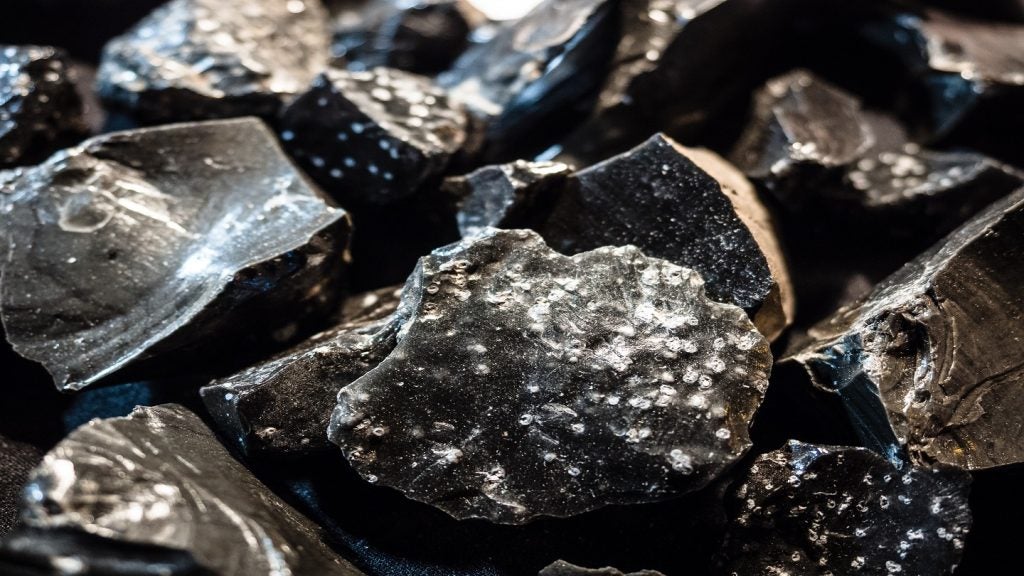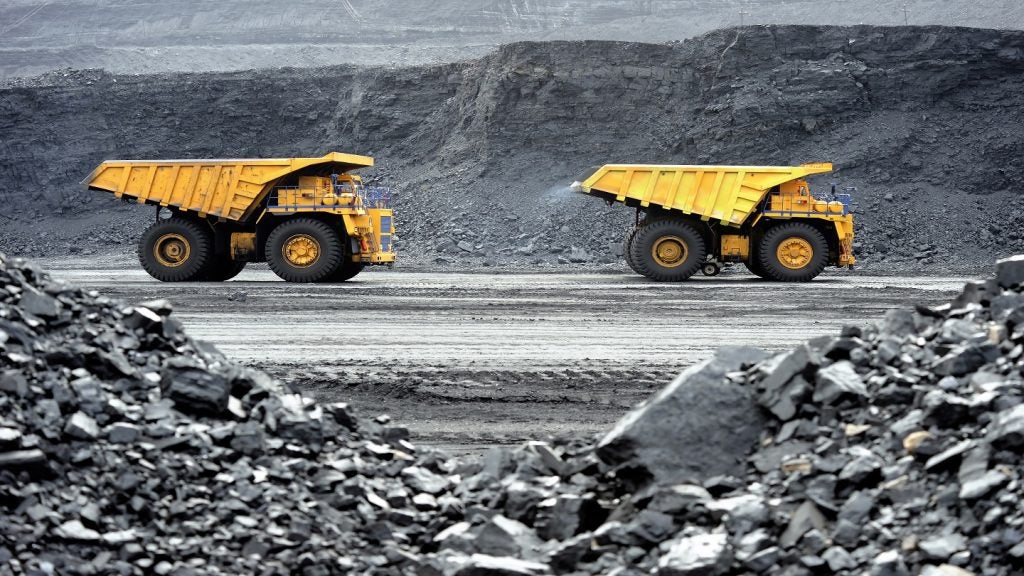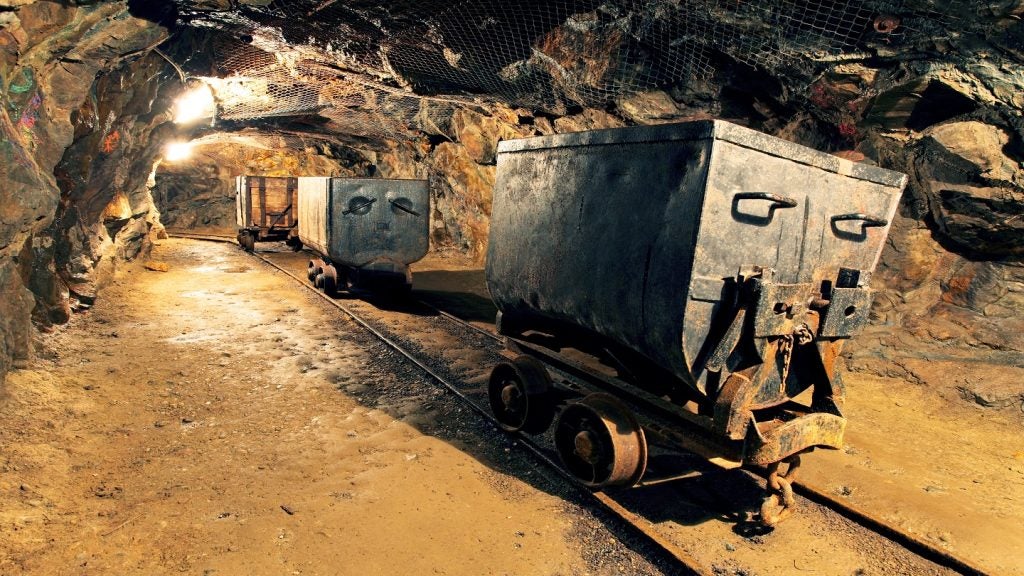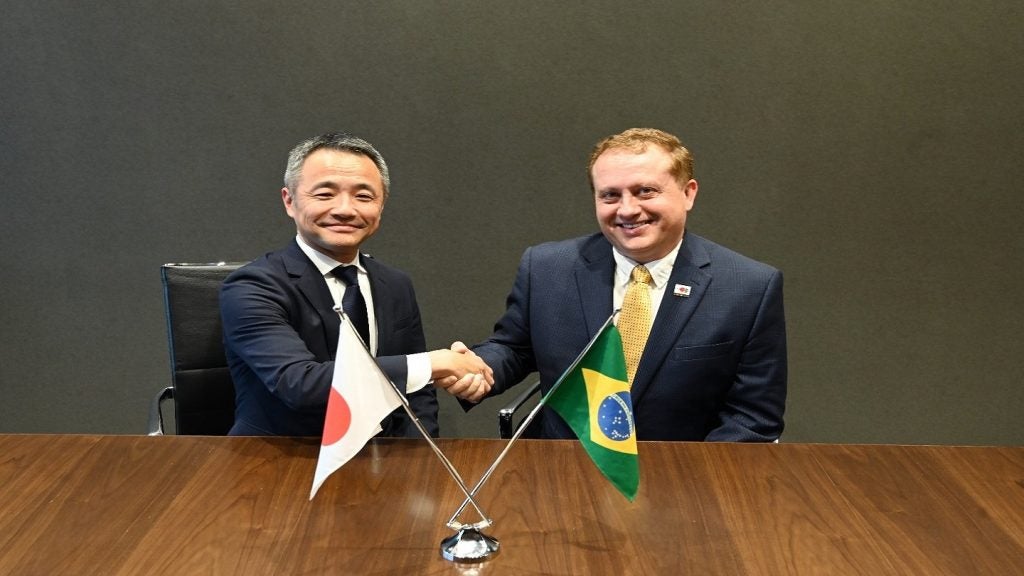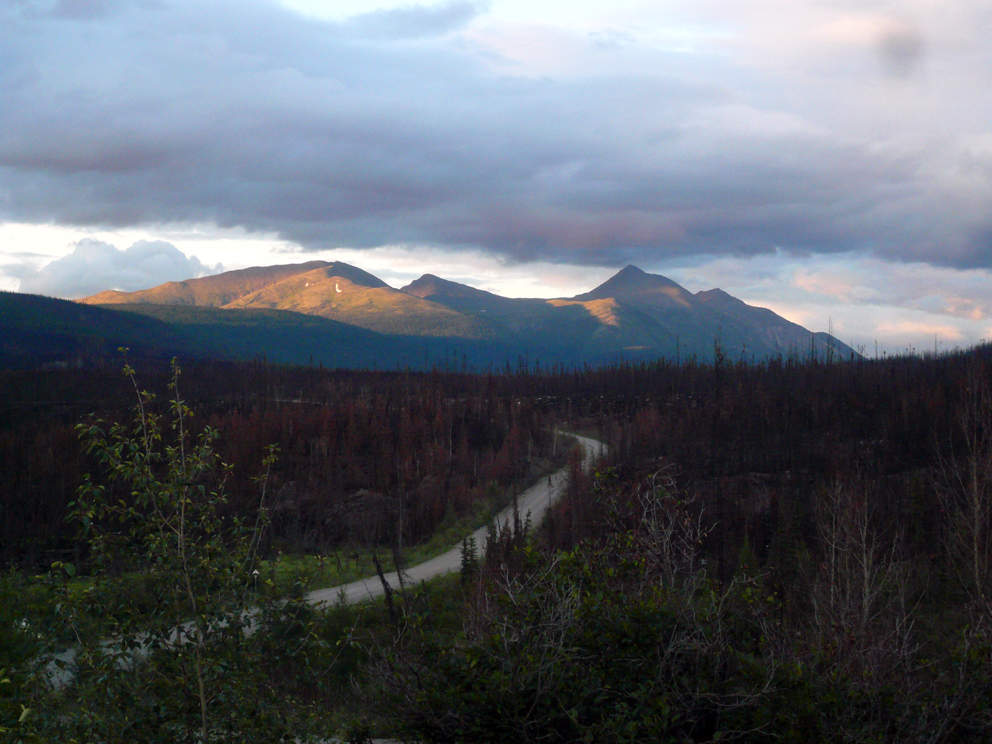
Although industry interest in exploring for Yukon gold has fluctuated with commodity prices in the last few years, mining companies are beginning to develop larger projects to unlock the territory’s hidden riches.
Last summer, Goldcorp purchased junior miner Kaminak Gold, primarily for its Coffee Gold project located 130km south of Dawson City, which could start production in 2019, while in December, Agnico Eagle Mines bought a stake in thousands of mining claims owned by Yukon prospector Shawn Ryan, further validating the region’s potential.
“I think that’s a pretty clear signal that it’s not just numbers on a page,” says Mining Association of Canada (MAC) vice-president of economic and northern affairs Brendan Marshall. “People are backing these claims with financial and investment decisions.”
Major investments by gold mining giants are promising, as is the prospectivity of its reserves of gold, silver and platinum group metals, but Yukon is a huge, sparsely populated landmass that presents significant infrastructure challenges for miners trying to explore or develop projects in extremely remote locations.
A 2015 paper published by MAC and others found that the average mining project in remote areas such as Yukon costs well over twice as much as the same work in less remote areas of Canada, while the highest-cost exploration in remote northern areas costs almost six times more than a comparable non-remote project.
How well do you really know your competitors?
Access the most comprehensive Company Profiles on the market, powered by GlobalData. Save hours of research. Gain competitive edge.

Thank you!
Your download email will arrive shortly
Not ready to buy yet? Download a free sample
We are confident about the unique quality of our Company Profiles. However, we want you to make the most beneficial decision for your business, so we offer a free sample that you can download by submitting the below form
By GlobalDataWith a large portion of this ‘northern premium’ attributed to absent or inadequate road transport to reach promising mining districts, local and national government in Canada is responding. The Yukon Resource Gateway Project, announced by Prime Minister Justin Trudeau and Yukon Premier Sandy Silver in September and to be carried out over the next eight years, involves the upgrade of 650km of roads and bridges leading into two of the territory’s most promising mining areas, the Dawson Range and the Nahanni Range.
The federal and territorial governments are providing a combined $360m for the upgrade, with industry chipping in a further C$108m.
The Yukon Government’s January 2016 funding application for the project states that the project will unlock C$30bn in additional GDP and $13bn in new wages as projects move forward on the back of upgraded roads. Here, Marshall discusses mining in Yukon, the importance of solid infrastructure and growing the region’s mining sector sustainably.
Chris Lo: How has the condition and availability of roads affected the growth of the mining sector in Yukon?
Brendan Marshall: Relatively speaking, if you think about the North as a whole, Yukon has the best infrastructure of the three territories. They have a road system that moves all the way through to Alaska; they have access to two deepsea ports in Skagway [Alaska] and in the north of Alaska. There is some grid infrastructure; the grid is predominantly a low-carbon grid.
But from a road infrastructure standpoint, the territory still faces the same types of challenges that smaller jurisdictions face on the infrastructure front. You have a relatively small population, you have a really significant landmass, and the per-capita ability to finance these large-scale projects is lacking. In the mining business, you’ve got to go where the mineral deposits are located, and most of the time those deposits aren’t located proximate to a world-class piece of trade-enabling infrastructure.
So the recent funding announcement, the approval of the Gateway project, is good news for Yukon and the mining industry in Yukon. Those road improvement and expansion projects are going to significantly increase the economic viability of several mining projects.
CL: Presumably the mining cost differential between remote parts of Yukon and more central mining regions still exists in 2017?
BM: Yes, absolutely. At least on the production side when developing a new mine, that was anchored in the infrastructure deficit. I believe 70% of that northern premium for developing a comparable base or precious metal mine in the north, off-grid, relative to a central jurisdiction, is predominantly [attributed to] the infrastructure deficit. Until recently we haven’t seen any substantial investments in the north, so those ratios of cost differential are likely to be the same.
CL: What do companies have to do to get equipment to remote drilling sites without proper road access, and how does this drive exploration and project costs so much?
BM: At a high level, if there’s no road, there are only two other ways to get it there. If you’re close to water you can barge it or ship it up. Or you’ve got to fly it. In some cases it’s both; you might get a piece of equipment brought so far by ship, but then you’ve got to grab a helicopter and lift-and-load it to site.
Procuring the services of helicopters and pilots, in addition to the drilling equipment, the cost of getting food, fuel and other supplies to site – each unit of cost for each of those materials is going to increase when you don’t have a main line transportation artery or pathway to get it there.
CL: Now we’ve seen the announcement of the Yukon Resource Gateway Project. How important is it that the federal and territorial governments and the industry have come together to finance this work?
BM: I think the announcement recognises each of the parties’ appreciation of how important this is. There are deposits in the North that have been known about for half a century that have not moved forward because the opportunity has been truncated by the cost of doing so. The Canadian mining industry’s future increasingly lies in remote northern regions, and so if you want to maintain that, you have to reconcile those costs with enabling development. I think this is a project that, after careful consideration, has recognised that there’s a public benefit in moving forward with this.
CL: How can the mining sector in Yukon ensure its growth and its use of the upgraded infrastructure won’t do irreparable environmental harm?
BM: That’s a legitimate consideration. The industry strives to minimise environmental impacts. MAC doesn’t pretend that mining doesn’t impact the environment. We think it’s important to recognise that there are impacts, and to communicate and be accountable and transparent about that and also about the practices that our members undertake to manage and mitigate environmental impacts. Those are core priorities, or core principles, for our sustainability programme, Towards Sustainable Mining, which is mandatory for all of our members’ operations domestically in Canada.
[In terms of MAC members] we have Goldcorp with the Coffee project; we also have Victoria Gold with the Eagle project. There are other MAC members in the territory with projects at various different phases, but those companies will be deploying Towards Sustainable Mining as a sustainability programme at those sites.CL: Are there other reforms or improvements that you would like to see take place in the Yukon mining sector to further improve its growth prospects?
BM: Infrastructure is obviously something we’re very pleased that the government has delivered on for the territory, but there are other, broader policy and regulatory considerations. There’s a bill before parliament that will change YESAA [Yukon Environment and Socio-economic Assessment Act] and MAC has been engaging on that. We have concern around one of the reassessment provisions in that bill, and we have been and will continue to be making representations to decision-makers on that.
And then one of the other pieces that is of consideration for us is how the federal government’s climate change programme is going to work with northern communities and the territories generally, acknowledging that in many respects they are in a relatively unique circumstance compared to some other regions in the country.
We want to ensure that emissions-intensive, trade-exposed [EITE] sectors are protected, mining being an EITE sector. Ultimately, the reason for that is that if EITE sectors are not protected, then you’ll get what’s called carbon leakage, and ultimately that has the potential to increase global emissions and reduce the capacity of the Canadian economy, and that’s a lose-lose situation that we’re really trying to avoid.




